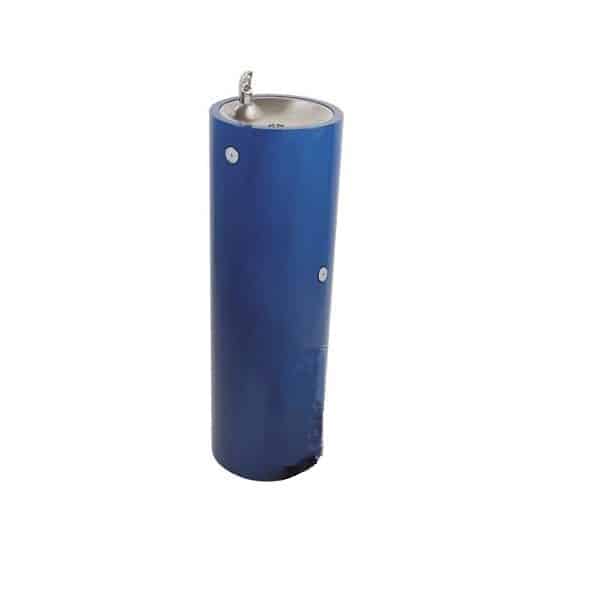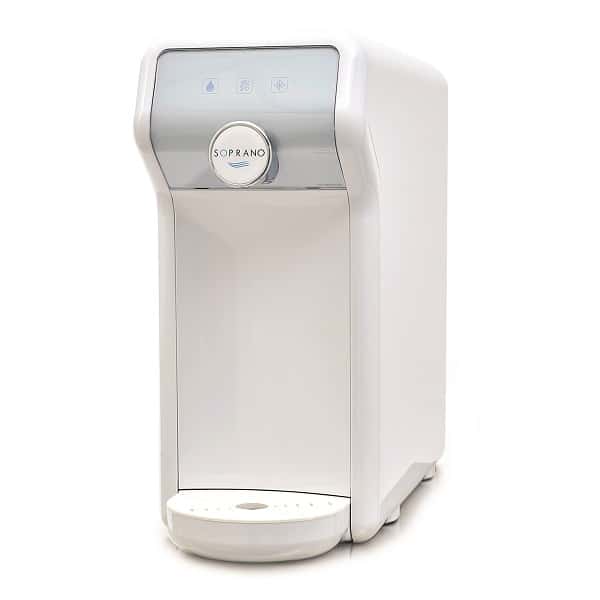Academy
Spa brands
In this section you will find a range of practical information related to our solutions. In the articles, we share our experience, discuss implementation steps and highlight good practices. It is a reliable source of information and advice on the provision of drinking water in public spaces, the legal regulations in this area, the benefits of installing drinking water dispensers and the technological aspects in this field.
We look forward to reading!
What are the benefits of installing drinking water springs in buildings?

Drinking water wells in buildings are often overlooked in projects, which is a mistake, as they play a significant role in promoting both environmental sustainability and economic efficiency. These inconspicuous solutions provide easy access to clean drinking water, reducing the need for disposable plastic bottles and the associated environmental and financial costs. Which ones? About this in this article.
Environmental benefits
Reducing plastic waste: One of the most important benefits of green springs is the reduction of plastic waste. Plastic bottles are a major contributor to pollution, and their production consumes huge amounts of fossil fuels. By encouraging people to refill reusable containers at fountains, we can significantly reduce the demand for single-use plastic bottles.
Saving energy and resources: Producing, transporting and disposing of bottled water requires significant amounts of energy and resources. Drinking springs, on the other hand, use existing water infrastructure and minimal electricity for cooling or filtration, making them much more energy and resource efficient.
Water conservation: Water springs generally use municipal tap water, which is subject to strict quality standards. This helps to conserve water resources in contrast to the bottling industry, which uses large amounts of water for purification and bottling processes.
Reduced carbon footprint: The carbon footprint associated with transporting bottled water over long distances can be significant. Drinking water outlets in buildings reduce this footprint by providing a local and sustainable source of hydration.

Economic benefits
Savings: Installing and maintaining the sprinklers is more cost-effective in the long run compared to purchasing bottled water for the building's residents or employees. The initial investment in these solutions is quickly offset by the reduced expenditure on bottled water.
Maintenance capacity: Sprinklers have relatively low maintenance costs. They require periodic cleaning and possible filter replacement, but these costs are minimal compared to the ongoing expense of purchasing and managing bottled water supplies.
Productivity and health: Access to clean drinking water can ensure healthier and more productive residents or employees. Proper hydration is essential for cognitive function and overall wellbeing, potentially reducing absenteeism and increasing productivity.
A better image of sustainability: Adopting environmentally friendly practices, such as the provision of bottleless drinking water dispensers in the facility, can improve the building's sustainability image by attracting environmentally conscious tenants and customers.
In summary, in-building sprinklers offer countless benefits, both environmental and economic. They contribute to reducing plastic waste, conserving resources, lowering greenhouse gas emissions and saving money in the long term. Investing in drinking water springs is a sustainable and financially wise decision that promotes a healthier planet and more efficient building operations.





